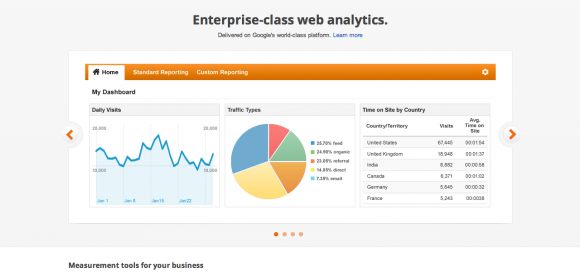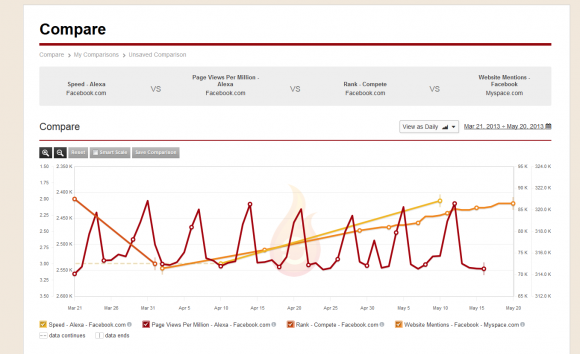Every successful endeavor follows a certain progression. It all begins when the idea is born. As the idea takes root, details and roadmaps follow. At a certain point, when the idea is converted into something tangible, feedback and evaluation always comes into play. That is, if you want to make sure that your undertaking achieves its goals.
Whether you’re talking about a simple blog or an e-commerce platform, you cannot get away from the importance of getting feedback and evaluating what you are doing. Unless you don’t really care if you are successful or not.
In the online realm, there are many ways of gaining feedback, and one of the most effective tools is web analytics. You might not put much thought into how web analytics tools have evolved as we know them today, but these tools have been around since the early 90s – pretty much a few years after the world wide web itself was born. For sure, those pioneers had an idea of the path they were taking, and thanks to them, today, the average person can take advantage of web analytics.
The case for web analytics
So, why should you care about web analytics? No matter how long you have been working online, no matter what kind of web site or blog you are running, you will need a way to measure how well your content is doing.
Which articles or posts do your readers visit the most? Which kind of content keeps people reading longer? These things, and more, you can find out with the help of web analytics.
Main advantages of web analytics
Going a little deeper into how web analytics can help you, there are specific pieces of information that you can extract using the right tool. As you may already have surmised, the nature of information will vary depending on the specific platform that you use. In general, however, you may expect to have access to the following:
- how many people visit your site
- how many pages are visited
- which pages are visited most
- where your visitors are from
- what OS and/or browser your visitors are using
- how long visitors spend on pages
- what links visitors click within your pages
- where your traffic comes from (both referrals and direct visits)
- what search terms were used to get to your site
As you may very well imagine, this kind of data can prove to be a mine of treasure! For example, knowing which pages are visited most can help you determine what topics to write about. The same goes for how long visitors spend on pages. As for traffic sources, you can make the necessary adjustments to you social media efforts, for example.
Web analytics: major players
It was only to be expected that tech companies would jump into the web analytics niche. There is, after all, a lot of information to be mined. Today, there are many web analytics providers, although the chances are that you would think of Google Analytics above everything else. There is, of course, the fact that Google is pretty much an ubiquitous brand. We also can’t deny that it is one awesome platform, with many features available even for the free service.
Other brands have something to offer in this regard, as well, although not all of them are free – Adobe, IBM, and WebTrends, to name a few.
Web analytics: expanding your options
So, why go beyond Google Analytics? It’s free, and you get a lot of information. What you have to understand is that when it comes to analysis, you can’t always settle for just one tool. Information is key, and combining the power of web analytics platforms is the best way to go about it. If you want a comprehensive analysis of web analytics platforms, SearchEngineLand has a pretty good article on the topic.
Alternatively, if you are new to all this, and you don’t want to spend too much at the outset, you ought to take a look at HeatSync. (Even if you’re well versed in the world of analytics, you just might find a gem!) This is a relatively new platform, which is currently in beta – hence it being FREE.
Don’t think that just because it’s free, it is limiting. Not at all.
The beauty of HeatSync is that it might as well be spelled E-A-S-Y. No matter what level of experience you may have, easy is always good, isn’t it?
What users love about HeatSync is that combines data from different platforms. This means that, instead of having to check different sites, you only have to log in to HeatSync. How much easier can it get?
Additionally, HeatSync allows you to compare how web sites are performing. Using the Compare function, you can basically pit two sites against each other and see exactly how they perform. Here’s a visual representation.
Conclusion
Web analytics is not going anywhere. If anything, the tools will just become even better and more useful. If you are serious about making headway, you should not overlook web analytics in your plan. One thing before ending, though: web analytics gives you data and numbers, which you can’t really argue with. What you do with that information, though, is up to you. In order to really achieve your goals, you need to take those numbers, use your brain, and have a blast carving your way to success!
Lead image via Hashtag



